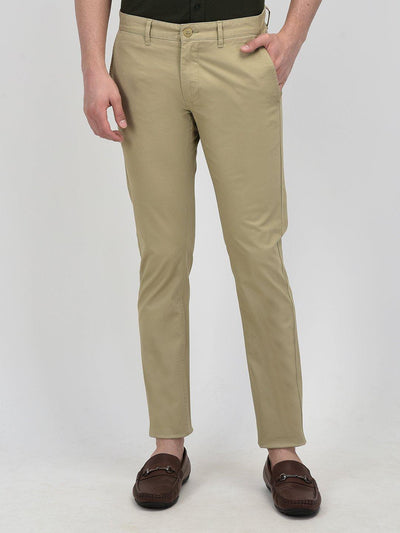Tale of Trousers: The Evolution of Men's Pants
Trousers are one of the most common and versatile garments in the world. They can be worn by men and women, for casual or formal occasions, in different styles and colors. But have you ever wondered how did trousers come to be? And what makes a great pair of trousers today? Let's find out!The Origins of Trousers
The oldest known trousers, dating to the period between the 13th and the 10th centuries BC, were found at the Yanghai cemetery in Turpan, Xinjiang (Tocharia), in present-day western China. Made of wool, the trousers had straight legs and wide crotches and were likely made for horseback riding. They were worn by nomadic peoples who roamed the steppes of Central Asia, such as the Scythians and the Mongols.

The journey of trousers
In Europe, men's trousers has been in use since ancient times. However, they were used more for military purposes, as they provided comfort while horseback riding. Ancient Greeks recorded trousers worn by Eastern nations and Scythians, but did not wear them themselves, as they found them to be 'ridiculous'.
The Romans, who saw themselves as successors to the Greeks were also not very enthusiastic about trousers either, and preferred tunics. But climatic compulsions of colder regions made the Romans to adopt trousers nonetheless. Two types of trousers eventually saw widespread use in Rome: the Feminalia, which fit snugly and usually fell to knee or mid-calf length, and the Braccae, a loose-fitting trouser that was closed at the ankles.
Eventually, men's trousers transcended the military realm to become civilian dress for commoners. But the aristocracy, still did not prefer it; not in public at least. It is said that Holy Roman Emperor Charlemagne habitually worn trousers, but for formal occasions he still preferred Tunics.
With the change of time, tunics were replaced by Breeches amongst the aristocracy. However, soon the breeches made way for trousers, owing to the greater comfort and functionality offered by the later. As a part modernisation drive, Tsar Peter the Great of Russia issued a decree in 1701 commanding every Russian man, other than clergy and peasant farmers, to wear trousers.
Similarly, in France, trousers became popular after the revolution, as they were seen as working class garments, as opposed to the aristocratic breeches. In India, men's trousers made their way with European colonisers, and soon made a place for themselves alongside other native bottom wears such as Dhotis, Pajamas, and Churidars. Trousers were also adopted by women in the 20th century, first for sport, then for casual attire, and finally for business and formal wear.

The Modern Trousers
Today, trousers come in a variety of shapes, sizes, fabrics, and designs. Some of the most popular types of trousers are:
Jeans:
- Jeans are made of denim, a sturdy cotton fabric that is dyed with indigo. Jeans are casual and comfortable, and can be worn with almost anything. They can also be customized with rips, patches, embroidery, or other embellishments. Jeans originated in the 19th century as workwear for miners, cowboys, and railroad workers, and became a symbol of youth culture and rebellion in the 1950s and 1960s.
Chinos:
- Chinos are made of cotton twill, a smooth and durable fabric that is usually khaki-colored. Chinos are smart and versatile, and can be worn for business casual or semi-formal occasions. They can also be paired with polo shirts, sweaters, or blazers for a more polished look. Chinos originated in the 19th century as military uniforms for British and French troops stationed in India and China, and became popular among American college students in the 1950s and 1960s.
Cargos:
- Cargos are made of cotton or synthetic fabrics, and feature large pockets on the sides or legs. Cargos are practical and functional, and can be worn for outdoor or adventurous activities. They can also be matched with t-shirts, hoodies, or jackets for a casual and rugged look. Cargos originated in the 20th century as military garments for British and American soldiers, and became fashionable among urban and hip-hop subcultures in the 1990s and 2000s.










